Air Gunner Badge, by Unknown Maker
SKU: 03.GEM.0104.101.03
Estimated market value:
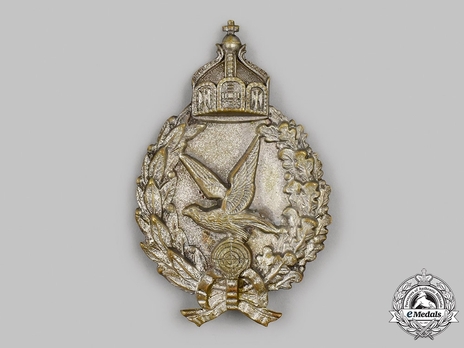
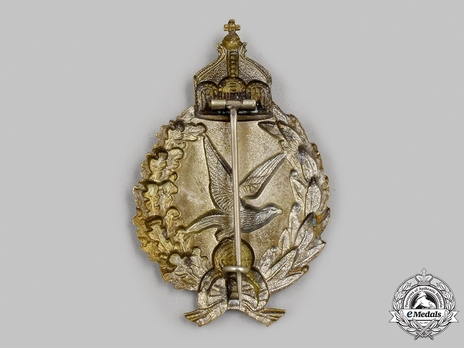
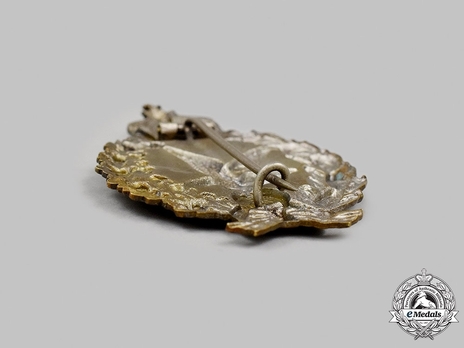
Estimated market value:
Attributes
History
The Air Gunner Badge was introduced by Emperor Wilhelm II on January 27, 1918. It is silver-coloured and was worn in the centre of the left breast.
It was worn by those members of the air force that passed tests and obtained qualifications to serve as air gunners. These were very similar and in some cases the same as those for observers.
The badge was only to be worn as long as the wearer was serving in this function, and afterwards to be returned. This could be waived if the wearer had served in this capacity for a minimum of three consecutive years or was forced to retire from service due to injuries sustained during the war.
The Air Gunner Badge is in the same general design as the Pilot Badge and the Observer Badge. Its shape is oval. It is framed by laurel on the left and oak leaves on the right side, with an Imperial crown at the top and a bow at the bottom. In the centre, differing from the Pilot and Observer Badges, the Air Gunner Badge features an eagle with upturned wings on top of an airplane’s machine gun sight.
Badges measure approximately 45mm in width and 72mm in height. They weigh between 10 and 30g. The large variation is due to different materials and designs being used.
Air Gunner Badges made from silver do exist, but are very rarely encountered today.
It is unknown how many Air Gunner Badges were awarded, since the original documents were destroyed during the Second World War. Estimates place the number of German recipients at around 1,700.
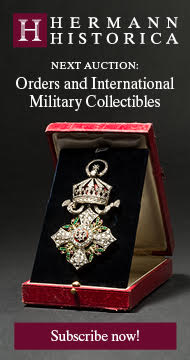

Comments
Sign in to comment and reply.
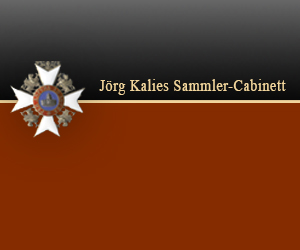

Scroll Top